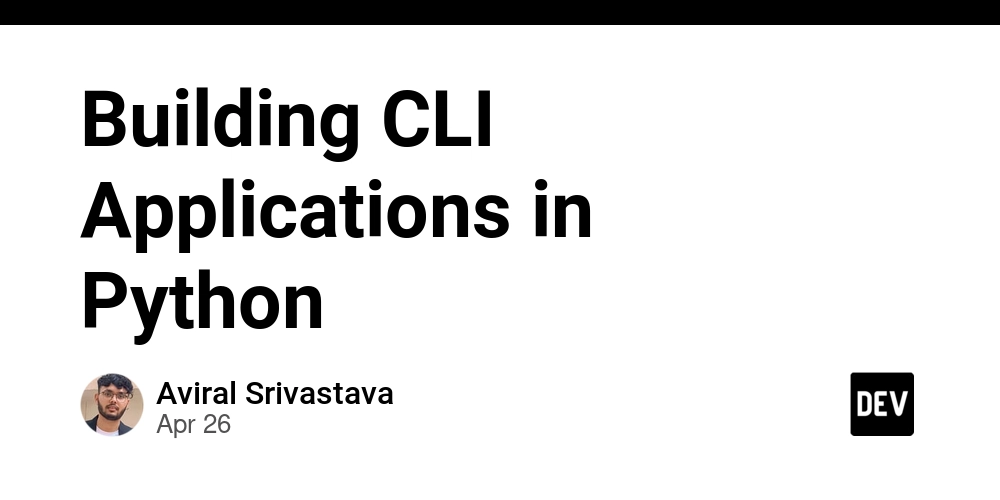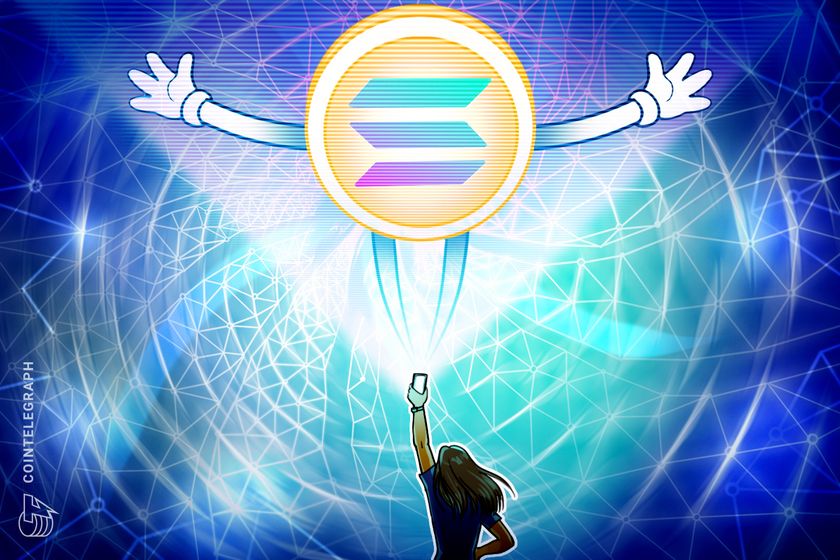The Ethereum Pectra Upgrade
The Ethereum Pectra upgrade combines two major protocol updates: the Prague execution layer and the Electra consensus layer. Scheduled for mainnet activation on May 7, 2025, Pectra introduces a variety of changes aimed at improving validator efficiency, data handling, and developer flexibility. Key Improvements in the Pectra Upgrade Enhanced Validator Flexibility EIP-7251: Increases the maximum effective balance for validators from 32 ETH to 2,048 ETH, and you can stake any amount between 32 and 2,048 ETH per validator. This change allows validators to consolidate their stakes, reducing the number of validators. EIP-6110: Moves validator deposit processing fully on-chain, simplifying infrastructure and improving transparency. EIP-7002: Enables validator withdrawals to be initiated by smart contracts, allowing for flexible and automated staking services. Scalability and Data Availability Enhancements EIP-7691: Increases the number of data blobs per block, aiming to improve data availability for Layer 2 solutions. While this may help reduce L2 transaction costs, it also raises concerns about whether Ethereum’s base layer is adequately compensated in a rollup-centric model. EIP-7685: Introduces a general-purpose framework for structured communication between Ethereum’s execution and consensus layers. This aims to simplify protocol upgrades, though its impact is mostly architectural. Account Abstraction and Smart Contract Usability EIP-7702: Allows externally owned accounts (EOAs) to temporarily act like smart contracts during a transaction. This enables advanced features such as batching, sponsor-paid gas fees, and session-based signing — without requiring full account abstraction. EIP-2935: Stores historical block hashes in persistent state, improving support for smart contracts that rely on older block references (e.g., randomness, delayed proofs). Implications for Developers and Stakers No immediate action is required from ETH holders. However, developers and validator operators should familiarize themselves with the changes to benefit from improved staking mechanics, increased flexibility in account behavior, and enhanced infrastructure for Layer 2 and protocol upgrades.
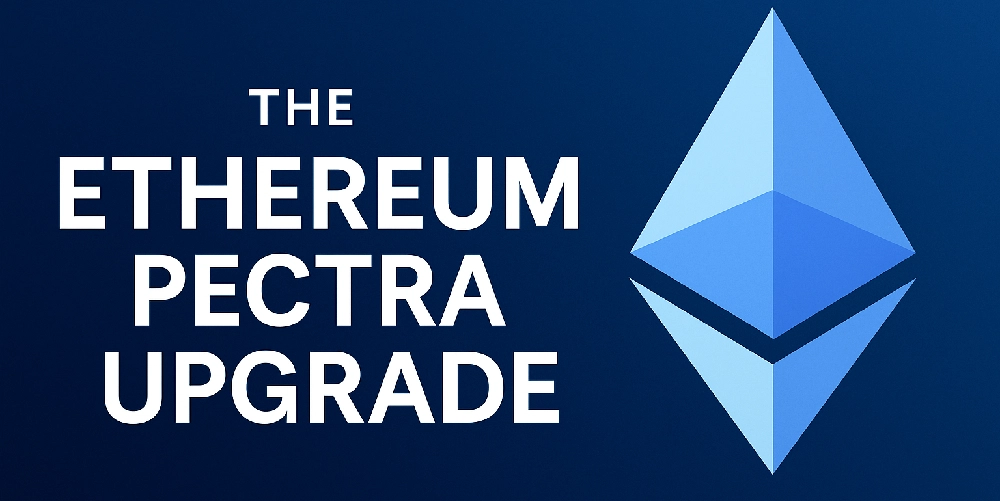
The Ethereum Pectra upgrade combines two major protocol updates: the Prague execution layer and the Electra consensus layer. Scheduled for mainnet activation on May 7, 2025, Pectra introduces a variety of changes aimed at improving validator efficiency, data handling, and developer flexibility.
Key Improvements in the Pectra Upgrade
Enhanced Validator Flexibility
EIP-7251: Increases the maximum effective balance for validators from 32 ETH to 2,048 ETH, and you can stake any amount between 32 and 2,048 ETH per validator. This change allows validators to consolidate their stakes, reducing the number of validators.
EIP-6110: Moves validator deposit processing fully on-chain, simplifying infrastructure and improving transparency.
EIP-7002: Enables validator withdrawals to be initiated by smart contracts, allowing for flexible and automated staking services.
Scalability and Data Availability Enhancements
EIP-7691: Increases the number of data blobs per block, aiming to improve data availability for Layer 2 solutions. While this may help reduce L2 transaction costs, it also raises concerns about whether Ethereum’s base layer is adequately compensated in a rollup-centric model.
EIP-7685: Introduces a general-purpose framework for structured communication between Ethereum’s execution and consensus layers. This aims to simplify protocol upgrades, though its impact is mostly architectural.
Account Abstraction and Smart Contract Usability
EIP-7702: Allows externally owned accounts (EOAs) to temporarily act like smart contracts during a transaction. This enables advanced features such as batching, sponsor-paid gas fees, and session-based signing — without requiring full account abstraction.
EIP-2935: Stores historical block hashes in persistent state, improving support for smart contracts that rely on older block references (e.g., randomness, delayed proofs).
Implications for Developers and Stakers
No immediate action is required from ETH holders. However, developers and validator operators should familiarize themselves with the changes to benefit from improved staking mechanics, increased flexibility in account behavior, and enhanced infrastructure for Layer 2 and protocol upgrades.































![[Free Webinar] Guide to Securing Your Entire Identity Lifecycle Against AI-Powered Threats](https://blogger.googleusercontent.com/img/b/R29vZ2xl/AVvXsEjqbZf4bsDp6ei3fmQ8swm7GB5XoRrhZSFE7ZNhRLFO49KlmdgpIDCZWMSv7rydpEShIrNb9crnH5p6mFZbURzO5HC9I4RlzJazBBw5aHOTmI38sqiZIWPldRqut4bTgegipjOk5VgktVOwCKF_ncLeBX-pMTO_GMVMfbzZbf8eAj21V04y_NiOaSApGkM/s1600/webinar-play.jpg?#)






































































































































![[The AI Show Episode 145]: OpenAI Releases o3 and o4-mini, AI Is Causing “Quiet Layoffs,” Executive Order on Youth AI Education & GPT-4o’s Controversial Update](https://www.marketingaiinstitute.com/hubfs/ep%20145%20cover.png)














































































































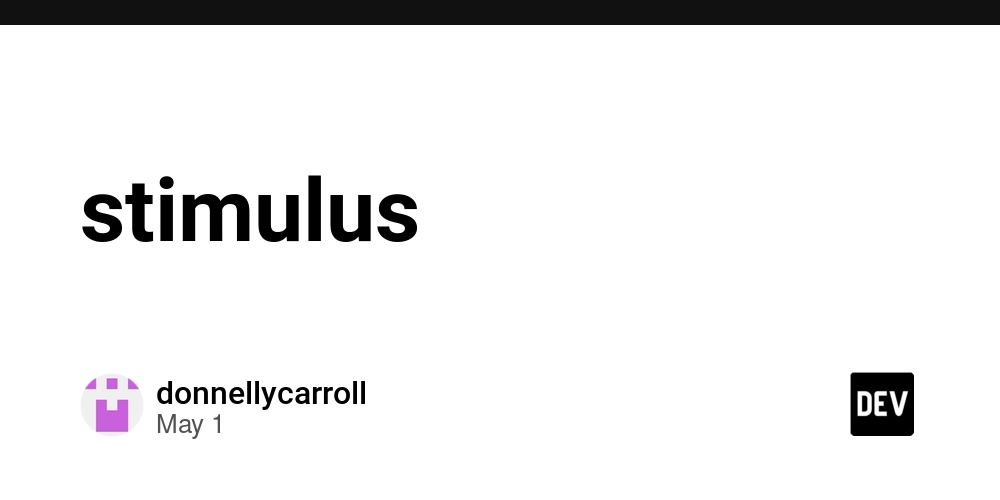














































































































































































































































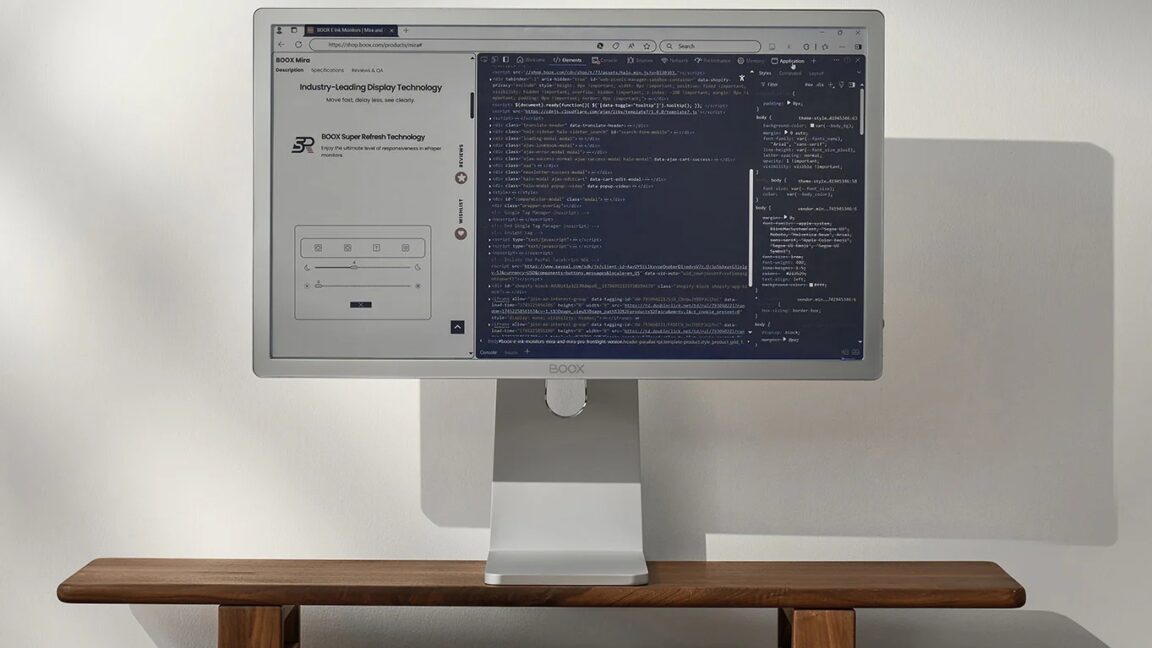

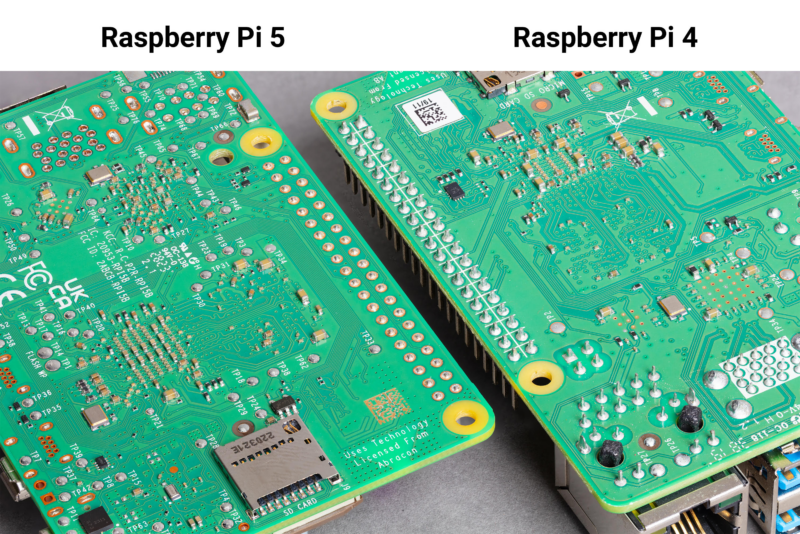

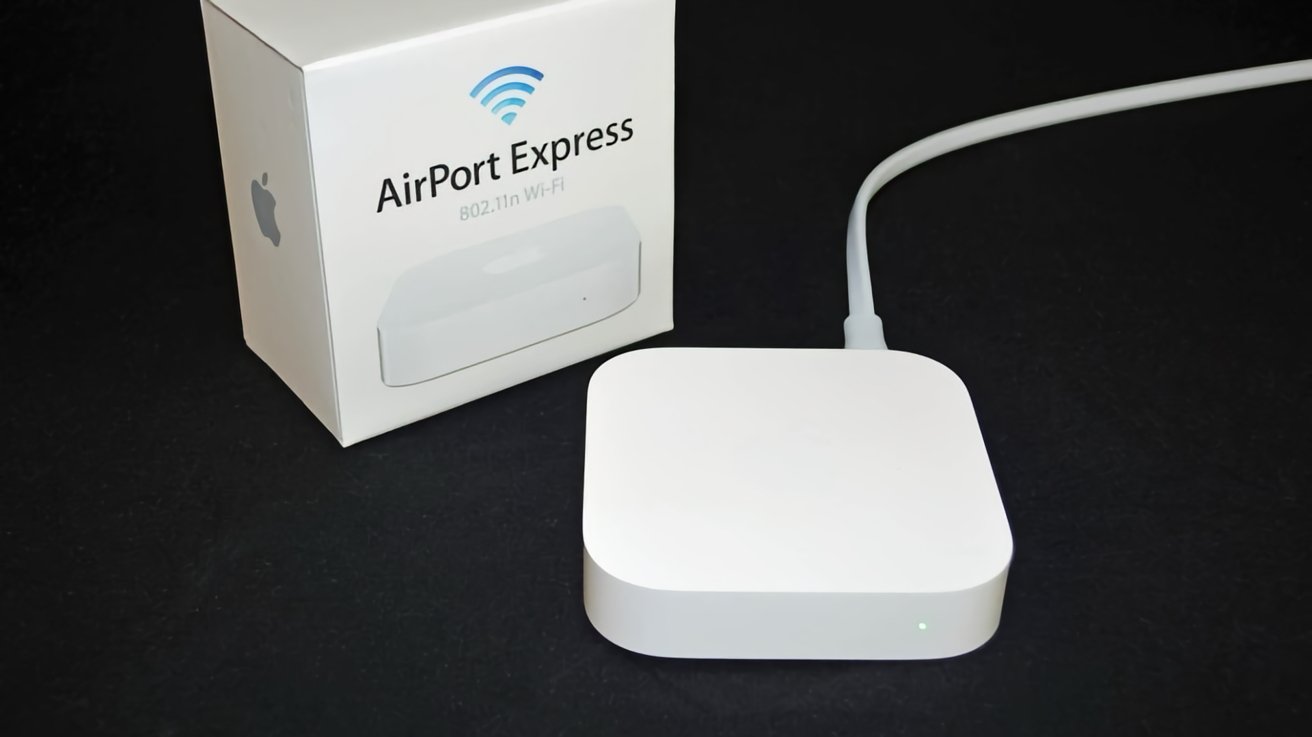
-xl.jpg)











![Google Home app fixes bug that repeatedly asked to ‘Set up Nest Cam features’ for Nest Hub Max [U]](https://i0.wp.com/9to5google.com/wp-content/uploads/sites/4/2022/08/youtube-premium-music-nest-hub-max.jpg?resize=1200%2C628&quality=82&strip=all&ssl=1)














![New Hands-On iPhone 17 Dummy Video Shows Off Ultra-Thin Air Model, Updated Pro Designs [Video]](https://www.iclarified.com/images/news/97171/97171/97171-640.jpg)
![Apple Shares Trailer for First Immersive Feature Film 'Bono: Stories of Surrender' [Video]](https://www.iclarified.com/images/news/97168/97168/97168-640.jpg)

































































































